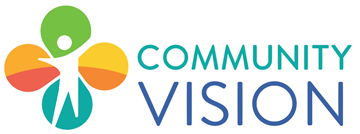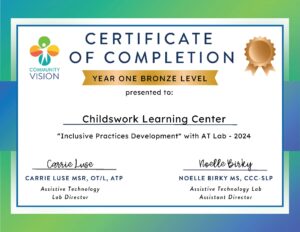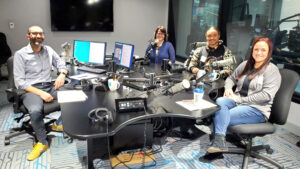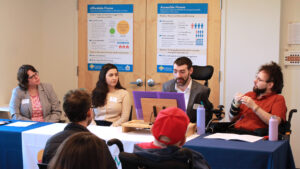Universal Design Creates Inclusion
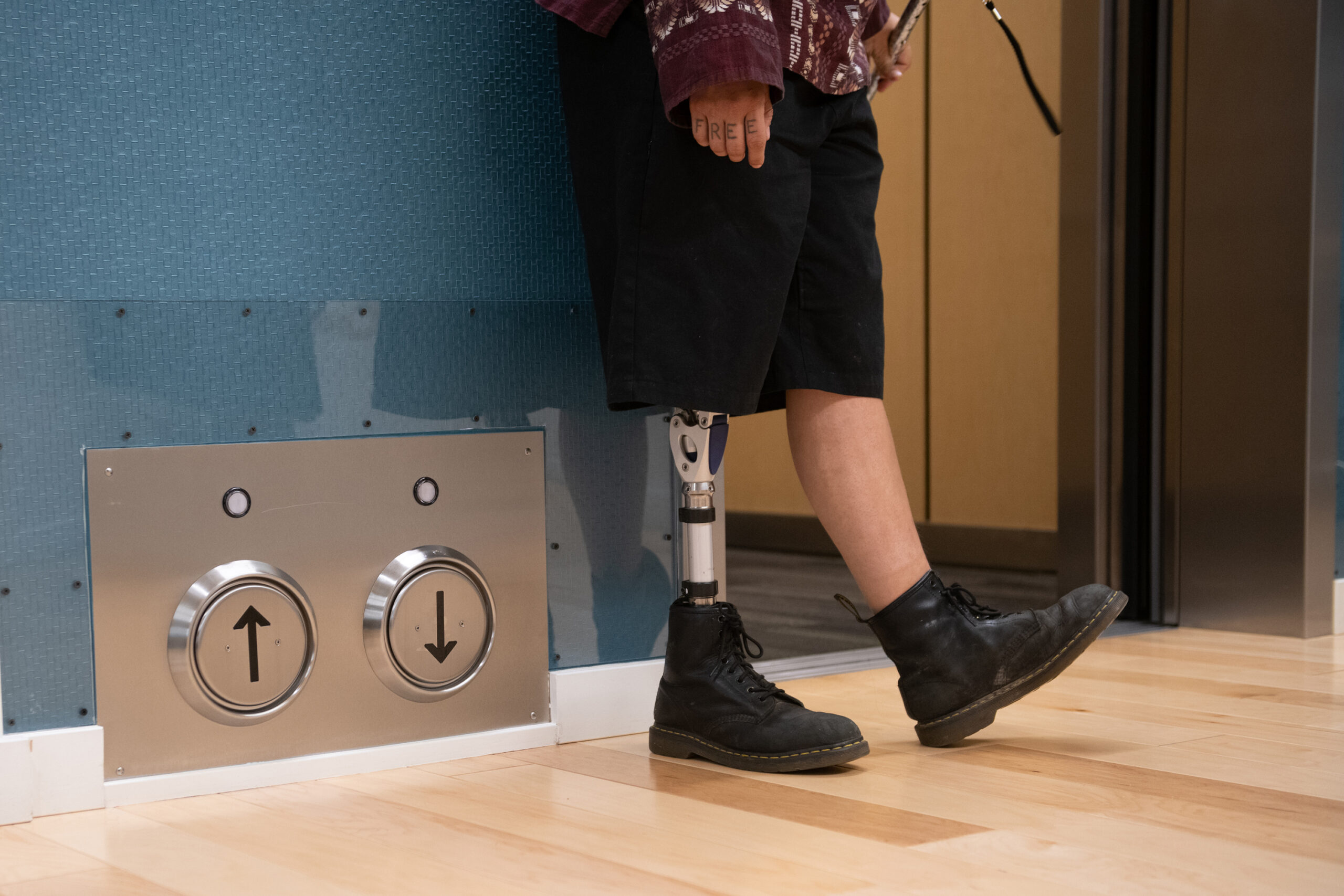
Community Vision and Housing
Community Vision has served thousands of people with disabilities since our founding in 1989. For three decades, we’ve listened as people say they want to live in a place of their own. As a result, a core part of our work supports people with disabilities having their own homes.
From 2000 to 2015, we made the dream of homeownership come true for over 125 people with disabilities. As rising housing costs put homeownership out of reach, we shifted our focus to accessing affordable apartments. We launched our Housing Access Program in 2020. As of June 2024, that program has helped 124 people find a place to call home!
Expanding Inclusive Housing with Universal Design
The scope of our work goes beyond matching people with disabilities to existing housing. We want to make sure new housing meets the needs of the people we serve. To do that, we offer consulting and training on accessibility and inclusion to affordable housing developers, architects, and others.
In particular, we promote and educate people on Universal Design. This is a design approach that prioritizes creating spaces that can be used by all, without the need for adaptations or specialized design.
In collaboration with Bora Architecture and Interiors, we have created an important resource to ensure more accessible and inclusive housing: our Universal Design Guidebook.
What Is Universal Design?
Current regulations and building codes for new housing do not meet actual needs. ADA Standards for Accessible Design were first created in 1991 and updated in 2010. The creation of these standards was an important step toward greater inclusion. However, they are not enough.
New buildings can and should address the needs of all residents. Innovative solutions and new technologies exist to ensure greater accessibility and should become common practice, especially those that are low or no additional cost.
Buildings should accommodate people at all stages of life, abilities, and backgrounds. Aging, injury, and sickness affect us all. Our built environments should not aggravate these realities of life with additional barriers.
We like to say that Universal Design is designing for the human experience. Buildings created following UD principles:
- Benefit people by eliminating as many barriers as possible
- Have better long-term value
- Do not require expensive retrofits
- Can be adapted as people age in place
- Are planned to be useful for people with different abilities, who speak different languages, and who come from different cultures
Universal Design improves access and inclusion—not just for people with disabilities, but for the whole community. The principles can be applied to personal living spaces, community spaces, and to signage and other ways of navigating an environment, called wayfinding.
When we build using Universal Design, we create spaces that welcome and dignify people of all abilities, ages, and backgrounds.
